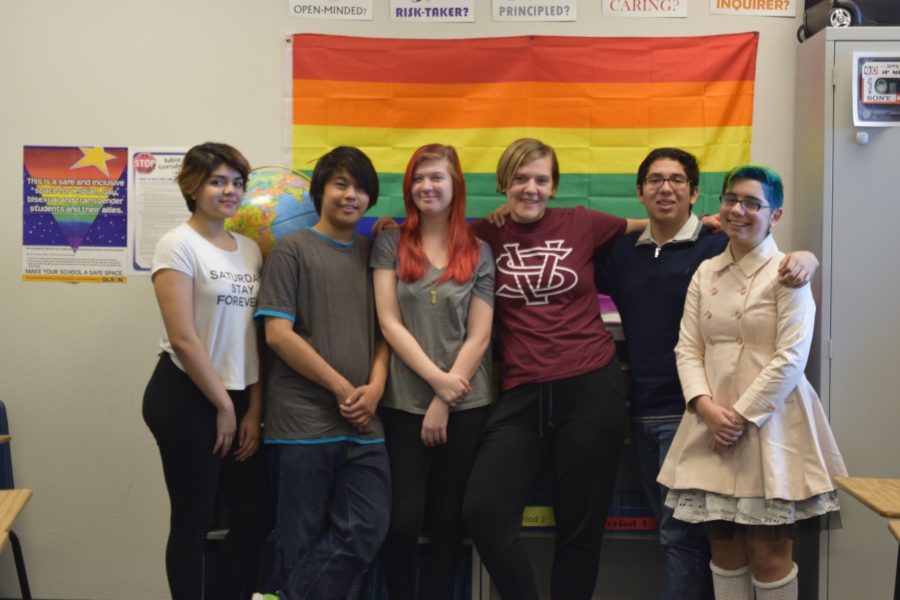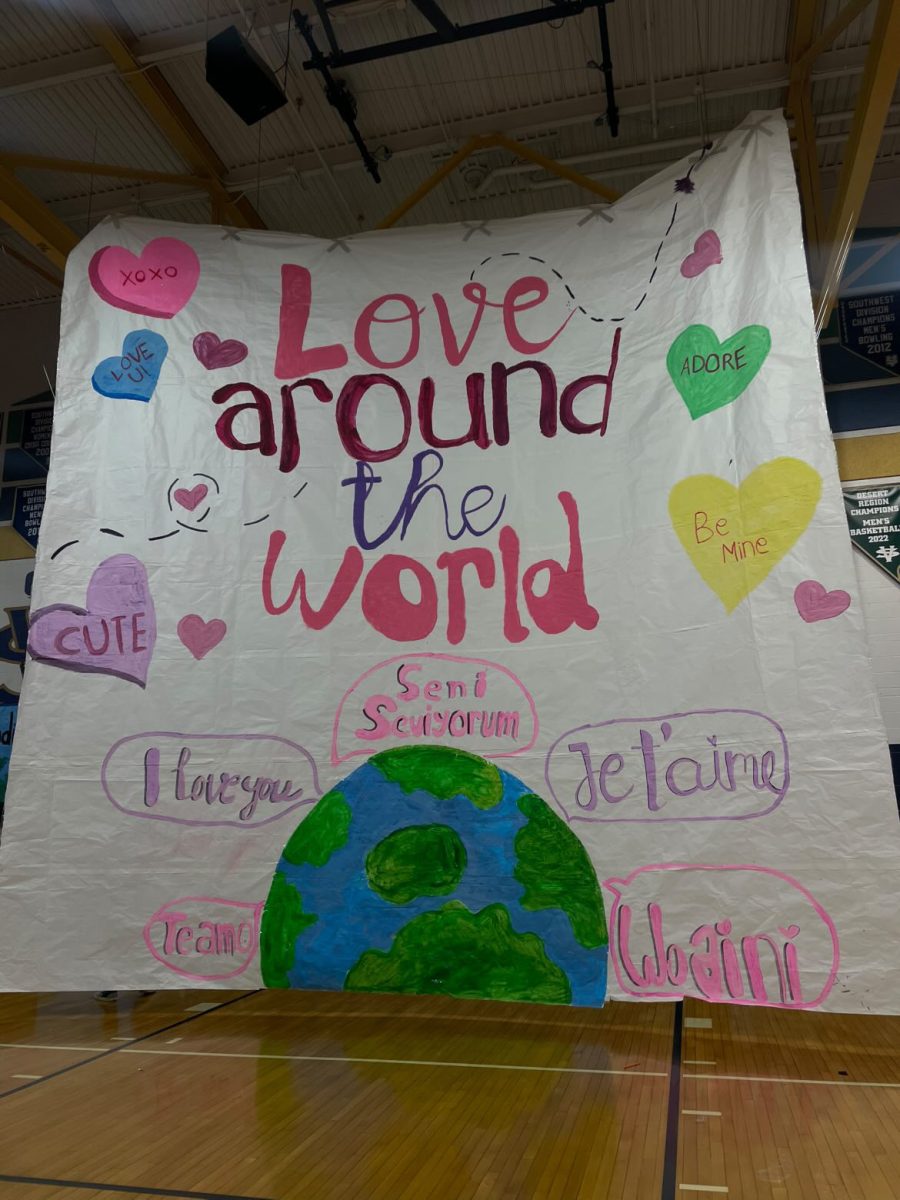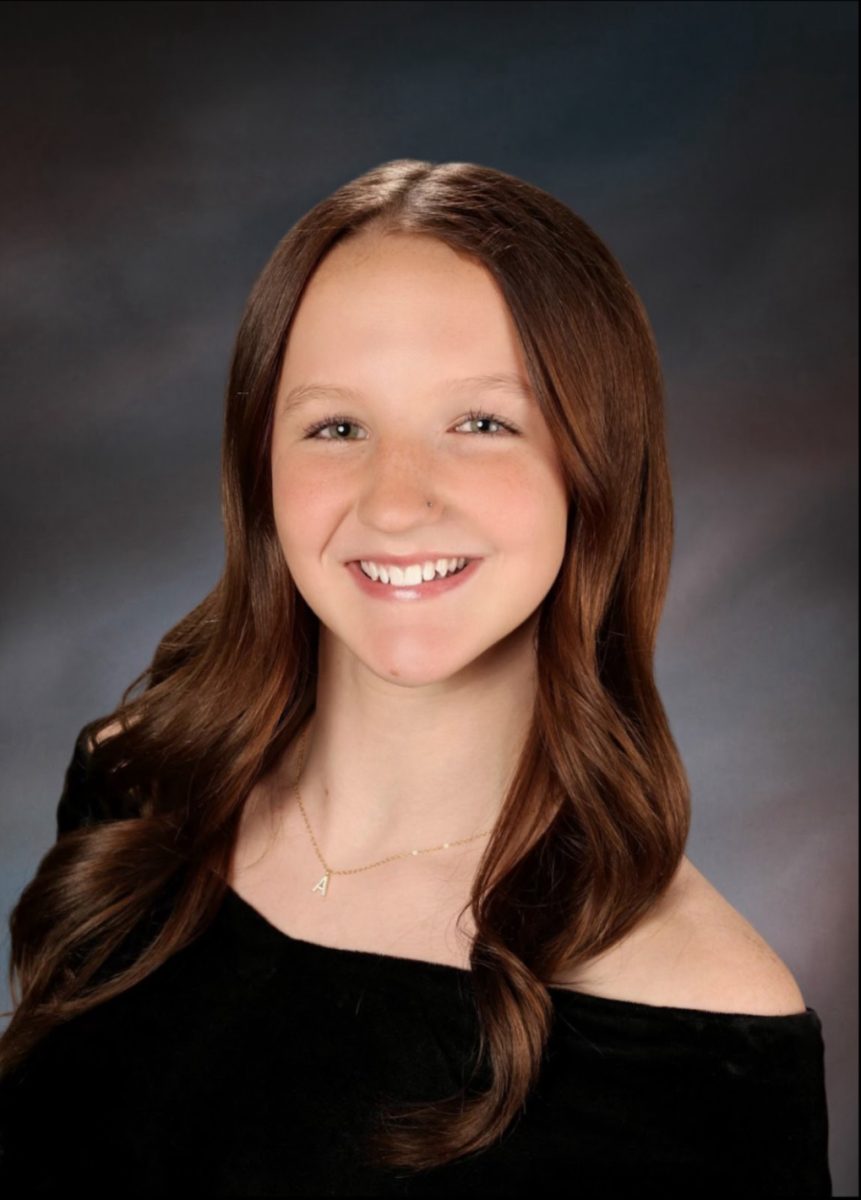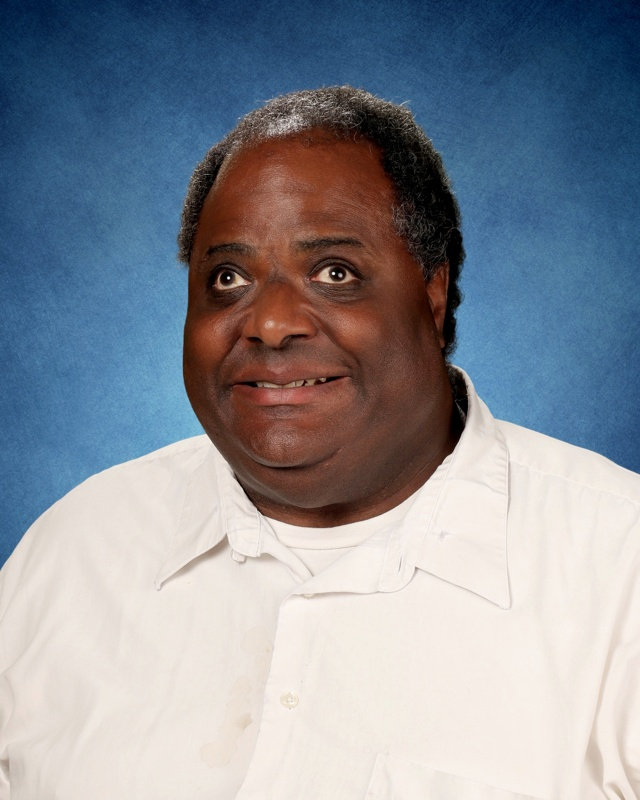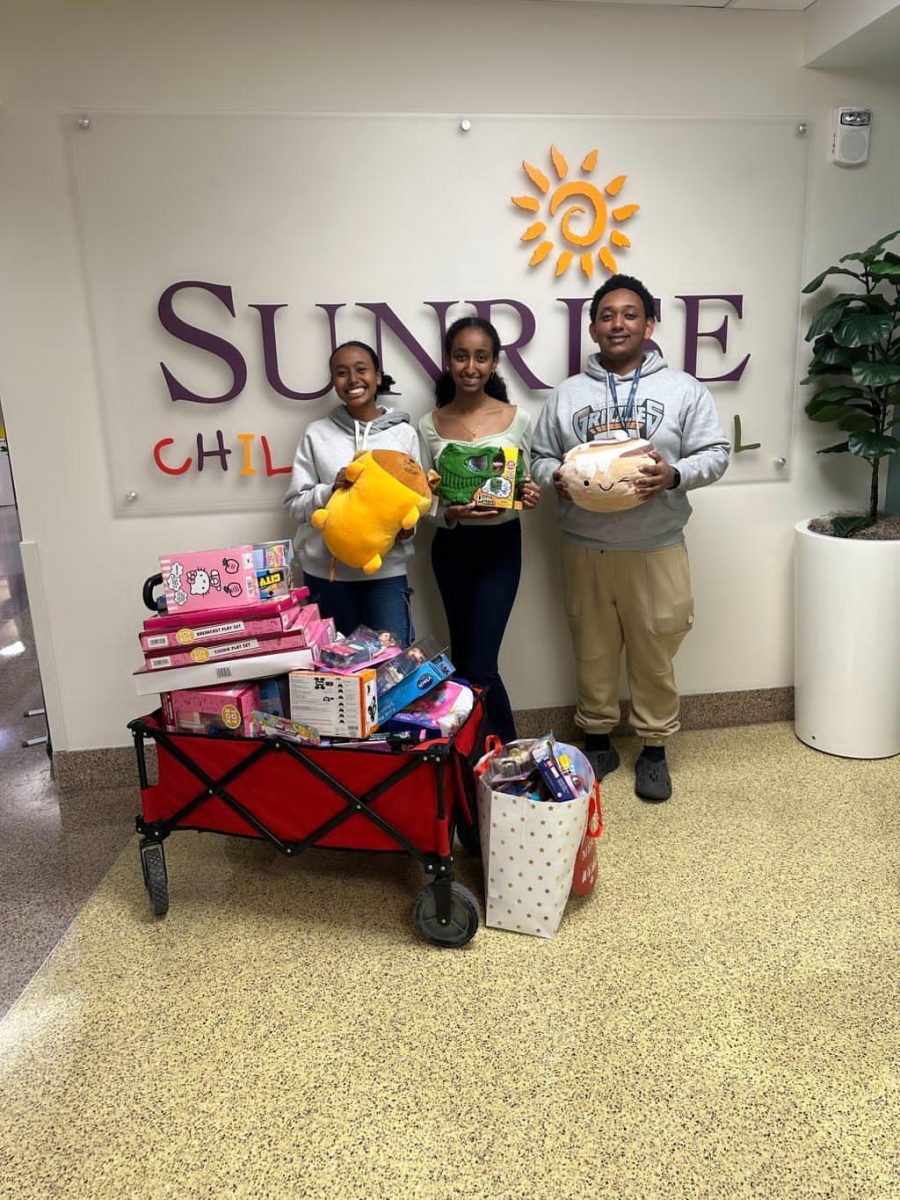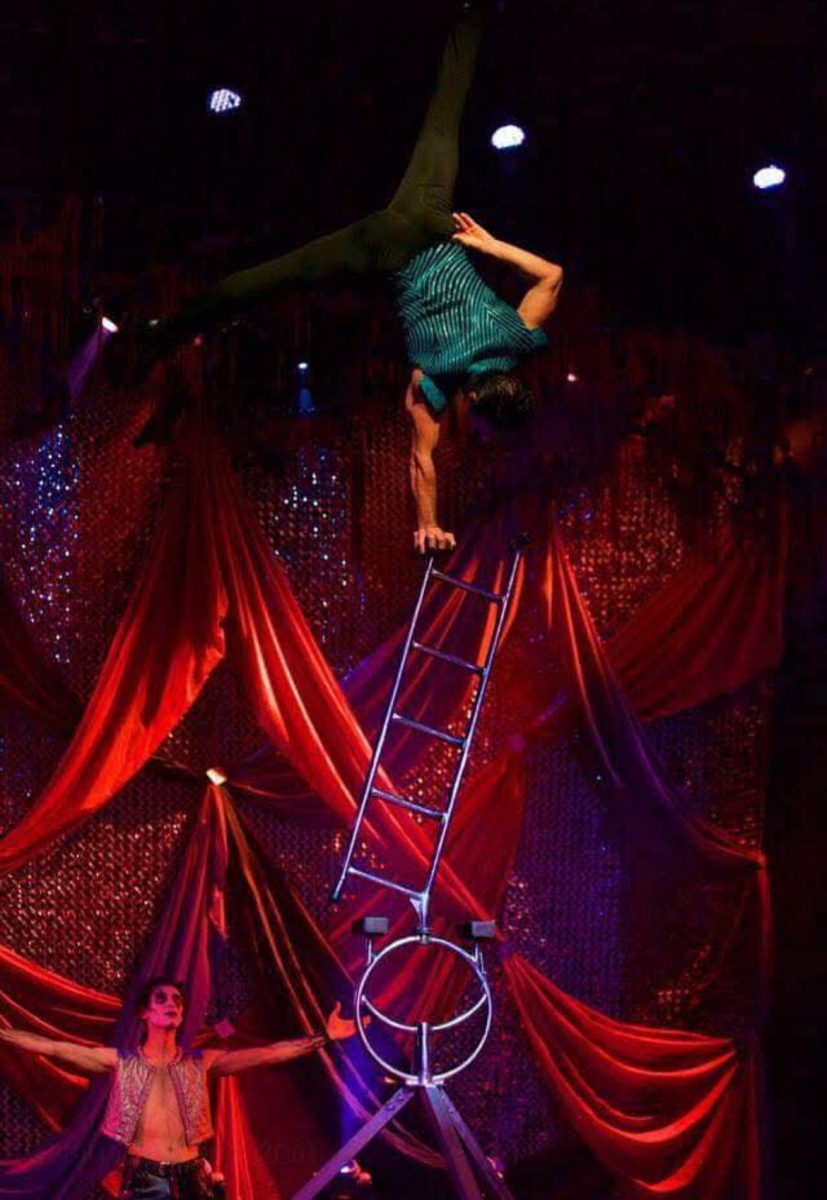*Last names have been redacted in compliance with Clark County School District policy.
Noa, a Spring Valley freshman who identifies as transgender, used to live with the horrid reality that many Lesbian, Gay, Bisexual, and Transgender (LGBT+) students live with today. Noa was belittled and emotionally traumatized by a now distant family member. The outcomes of what he expressed as torture affected him daily. Noa is now in an accepting household and holds testament to the harsh reality many LGBT+ students live with.
“He did everything to harass me because he didn’t believe I was transgender,” said Noa. “He turned over to my sibling and he starts telling them that I’m a horrible child. I’m a parasite to this family. He would say “she” is the fault for every single mess in this house.”
Typically students are expected to be safe, happy, and welcomed at home; being able to go and talk to loved ones, embrace a hug, and be themselves. The reality for many LGBT+ students however, is that there is a lack of tolerance, support, and in most cases, acceptance at home. In 2015 alone, the Nevada Partnership of Homeless Youth (NPHY) reported that 11,253 students in the Clark County School District (CCSD) are homeless. Of them, 15 percent reported being part of the LGBT+ community.
Alliyah, a junior, expressed that while her parents were accepting when she came out, her extended family rejected her.
“My grandpa from my mom’s side doesn’t like it, but he tolerates it now because he realized after a while that I’m still the same person he knew before I came out, “ said Alliyah. “Just because I like the same gender doesn’t define who I am as a person, it only states who I am attracted to.”
Gay Stright Alliance (GSA) Club Officer Nelly lived with stress and anxiety when she realized she might get kicked out of her home for her sexuality.
“Knowing that my family had expectations the fear of letting them down terified me the most knowing I had no one to go to. After coming out I’ve been accepted for expressing myself,” said Nelly.
According to Parents Family and Friends of Lesbian and Gays New York City (PFLAG NYC), 26 percent of LGBT+ youth in the United States were forcefully kicked out of their homes due to their sexual orientation and/or gender identity. Additionally, 25 to 50 percent of all homeless youth identify in the LGBT+ spectrum. 50 percent of LGBT youth report having been hit, belittled, criticized, and rejected at home due to them coming out.
The Center for Disease Control and Prevention (CDC) reported in 2014 that most parents react negatively when they find out their student is LGBT. This often causes stress, leading LGBT youth to be more at risk of homelessness than thier hetreosexual counterparts. Many students fear even coming out to their families because the lack of acceptance and tolerance.
“It makes me feel like I can’t trust people in my family,” said a freshman at Spring Valley who has not yet came out to her parents. “It has created more difficulties in my life than are needed and it hurts me. My father always made fun of gays. The problem was, whenever he mimicked or made fun of a lesbian around me, he didn’t realize he was mimicking and making fun of his own daughter.”
Alliyah felt similar fear when coming out to her family.
“I knew about my friend that liked girls too and her parents knew, and my dad told me that if he ever found out I was like that I would be in trouble. So I was terrified of telling him that his daughter liked girls,” Alliyah said.
With constant oppression, LGBT teens are 8.5 percent more likely to attempt suicide and 5.9 percent more subjected to depression than their heterosexual peers according to PFLAG NYC.
GSA Vice President Allison said that she at one point suffered from depression and suicidal thoughts. She explained these thoughts came from lack of acceptance of her sexual orientation.
In efforts to provide support and a place to be accepted, GSA was reinstated in the 2015-2016 school year. Since last year the organization has grown from 8 to roughly 20 members with the vision that GSA is to provide support, love, care, and be a safe place for students on campus.
“It’s an environment that is safe and open for students.” said GSA advisor Julian Jackson, “A lot of these kids basically don’t have a location they feel just open and to have peers to relate to so those kids who have had real problems, it’s kinda crazy because in the club you would never know that they had such serious problems. They are alive, they are engaged they’re happy they’re healthy. They’re fun.”
On campus GSA has taken the initiative to put up Safe Space Stickers on the doors of teachers who are open to talking with students.
“By talking to teachers and talking to my peers there were ton of people who were very supportive and it was just a matter of letting it be known,” said Jackson, “It is basically a way for students and everyone on campus to know that your room is a safe environment for them to open and share with you.”
The NPHY works to help homeless youth of all backgrounds and acknowledges the struggle of the LGBT community. The group is partnered with Terrible Herbst, Regional Transportation System, and the City of Las Vegas Fire Department to ensure help and support. The Gay and Lesbian Community Center of Southern Nevada has provided support outlets ranging from classes, social justice work, and even youth programs to help empower the LGBT community.


